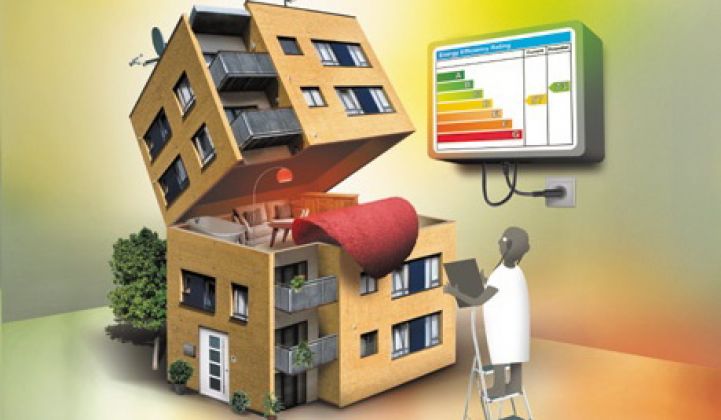Last year, the California Energy Commission approved its latest version of Title 24, the state’s master building code -- a massive 244-page document covering everything from household windows and insulation to factories and skyscraper building management systems. Set to go into effect on Jan. 1, 2014, the rules include a few changes that could really push automated, open-standards-based demand response into the mass market.
At least, that’s the hope of the OpenADR Alliance, a group with a very definite interest in the outcome. On Tuesday, the Alliance announced that OpenADR now officially “enables compliance” with the new Title 24 code when it comes to building management, lighting control and other building systems.
Specifically, OpenADR helps meet a new standard for demand responsive controls and equipment under the new rules, requiring them to be “capable of receiving and automatically responding to at least one standards-based messaging protocol which enables demand response after receiving a demand response signal.” While that doesn’t specifically name OpenADR, or any other protocol, OpenADR certainly fits the description, Barry Haaser, the Alliance’s managing director, said in a Tuesday interview.
OpenADR is an open-source set of standards for sending price, control, and other data from utilities to end-user devices. California’s big three investor-owned utilities already use OpenADR to connect thousands of customers via demand response programs, though that’s largely big commercial and industrial (C&I) customers. Companies involved in the standard include demand response automation server maker Akuacom, which was bought by Honeywell in 2010, and software developer and architect UISOL, which was bought by Alstom last year, as well as energy services heavyweights like EnerNOC, Schneider Electric and Lockheed Martin, to name a few.
But today’s existing demand response capacity is built on various versions of mostly proprietary, rarely integrated technologies. Those can range from one-way pager networks used to turn down thousands of home air conditioners, to phone-call and email alert systems to ask big industrial and commercial customers to manually turn down big loads.
The CEC, which funded OpenADR’s development in partnership with Lawrence Berkeley National Laboratory, has been a longtime proponent of bringing a standards-based approach to the demand response market. It also wants to include small and medium-sized businesses, which often lack the budgets and knowledge necessary to participate in many larger-scale utility programs, but face new time-of-use pricing under state mandate.
Smart lighting could be one way to push automated demand response into smaller buildings, Haaser noted. Previous versions of the rules have already put lighting requirements on retail buildings of 50,000 square feet or more, which has helped to push daylight harvesting controls and automated systems into new buildings and retrofits. Other rules have set aside demand-response-enabled thermostats as one of several technologies that builders can use to meet central and zonal heating and cooling requirements.
OpenADR Alliance members also have smart lighting fixtures, variable-speed fans, submetering systems and lots of other building equipment that can interact with utility signals, whether they’re receiving them from a central building control system or via the internet, he noted.
HVAC systems aren’t required to be demand-response-compliant under the new code, but as Haaser sees it, building owners that already have to connect their lighting to demand response may well decide to connect their HVAC systems as well. “It’s a standardized interface, so it doesn’t require any specialized equipment; it’s all off-the-shelf,” he said.
An overview of OpenADR, from the Energy and Environmental Technologies Division of Lawrence Berkeley National Laboratory:



